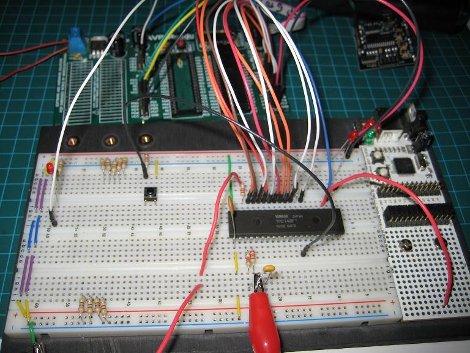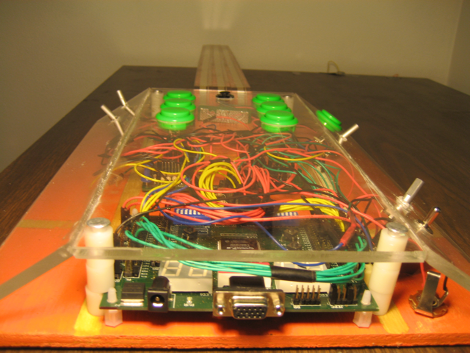
[MicroMinded] took us way back to our childhoods with his experiments and subsequent YMstream music player based on the Yamaha YM2149 sound generator used in old arcade systems, computers, and even phones (think chiptune). This reminds us of the Chipophone, only this time the sound is achieved from ICs used back in the day, rather than MCU waveforms.
There is still some work to be done to make the music player have a bit more functionality, but for now source is available if you want to make your own. Of course you might come across a small problem; finding an SSG is a tad bit more difficult than say, an Arduino. If a good resource is found, please share it in the comments!
[Thank you Andrew Kretschmer for sending in the chiptune mp3s]













